Articles
Knowledge Center
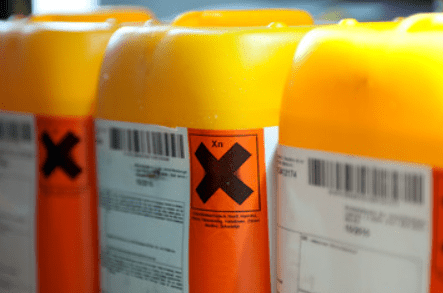
Dangerous Goods: Definition, Regulations, and Classes
Companies ship various goods by land, sea, and air daily. Some are hazardous substances and pose severe effects if not handled properly. The dangerous goods regulations and guidance are strict and enforced by various government agencies and international organizations, such as the United Nations, to minimize the risk of accidents or ensure safe transport. Let’s […]
Read More
Agile Supply Chain: What It Is, Benefits, and Applications
Supply chains can be complex and sensitive. A company can’t survive without a supply chain because it needs everything from raw materials to the final product. Many companies have established an agile supply chain to manage supply better, move goods quickly, and deliver them on time. This process is fundamental to those who produce physical […]
Read More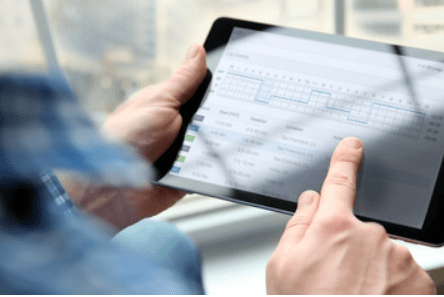
What Is an ELD? The Benefits, Purpose, and Features of ELDs
Many businesses that operate a fleet of trucks or vehicles are required to have ELD or electronic logging devices installed in each vehicle. ELDs are intended to enhance the safety of professional truck drivers. ELDs are a convenient way to manage, track, and share data during driving and downtime. As technology continues to evolve, it […]
Read More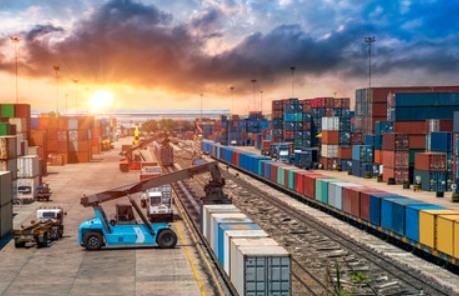
Transloading: Meaning, Benefits, and Challenges
Transloading is a crucial component of supply chain management, as it helps to optimize the movement of goods and reduce transportation costs. It allows logistics companies to adapt to changes in demand and unexpected logistical challenges while shipments still reach their final destinations quickly and cost effectively. Let’s look at the meaning, benefits, and challenges […]
Read More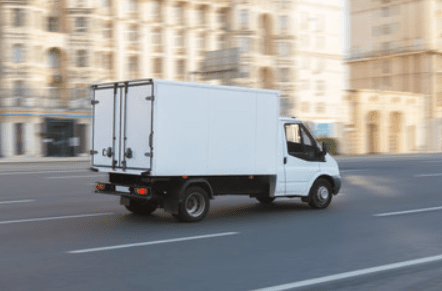
What is a Straight Truck? Definition, Types, and Uses
Wondering what a straight truck is? A straight truck refers to a type of vehicle with a tractor-trailer in a fixed position. In other words, all the axles in a straight truck attach to a single frame. Usually, straight trucks look like do-it-yourself moving trucks and, in most cases, move housing supplies, boxes, furniture, refrigerators, […]
Read More
Logistics Planning: Definition, Types, Importance, and Strategies
Have you ever been to a business that looked neat and orderly at first glance, but behind the scenes it was a different story? It’s easy to present as a well-oiled machine in the front office, but if you neglect business processes at other levels, you’re in trouble. Logistics planning can help you fire on […]
Read More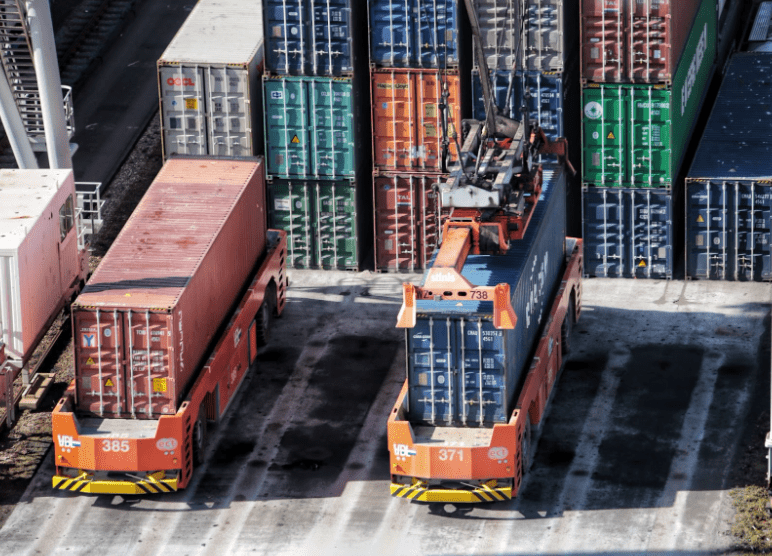
Drayage: Meaning, Importance, and Types
Large container ships move cargo from port to port across the continent. Trucks and railways move cargo within countries. Consider, however, the smaller, more intricate steps that allow freight to move between transportation modes. These smaller national movements are collectively called drayage and are crucial to shipping logistics. What Is Drayage? Drayage is a form […]
Read More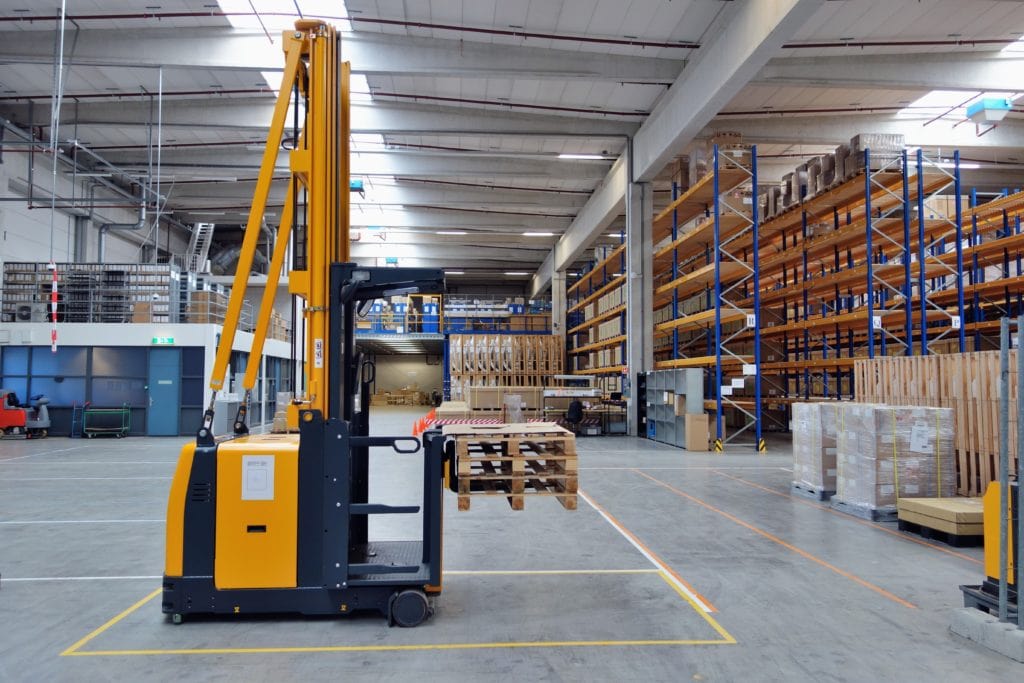
Cross Docking: Definition, History, and Process
Cross docking is a shipping method that transfers goods from one transportation mode to another to get them directly from the source to their destination. Cross docking is widely used in freight transportation because it helps reduce costs and storage space, among other benefits. This article covers cross docking definitions, history, types, methods, advantages, disadvantages, […]
Read More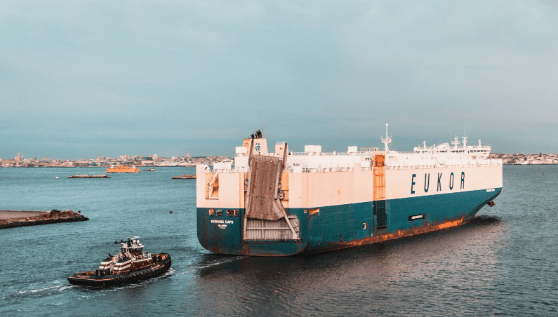
TEU: Definition, History, and Vessel Sizes
TEU, or a twenty foot equivalent unit, is the standard measure of container capacity on a ship. In other words, it tells you how many 20-foot-long containers can fit on particular container ships. TEU is important because it allows for easy comparison of vessel sizes. For example, if one container ship has a capacity of […]
Read More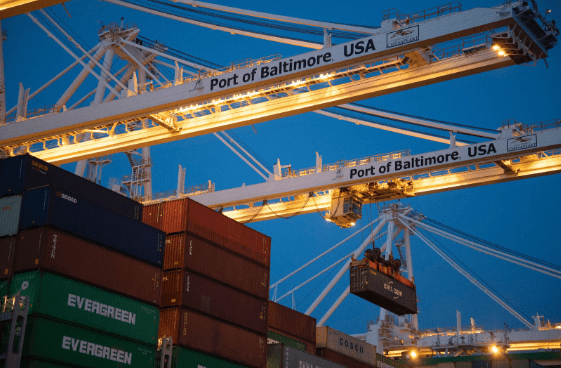
Freight Forwarding: Meaning, Stages, and Pros and Cons
Supply chain management is an integral part of any company’s efficiency. Transporting goods from one place to another can be time-consuming and expensive. The process can be complex and challenging, but if you approach it correctly, it will go smoothly and leave lasting effects on your overall business. Many companies employ third-party logistics services to […]
Read More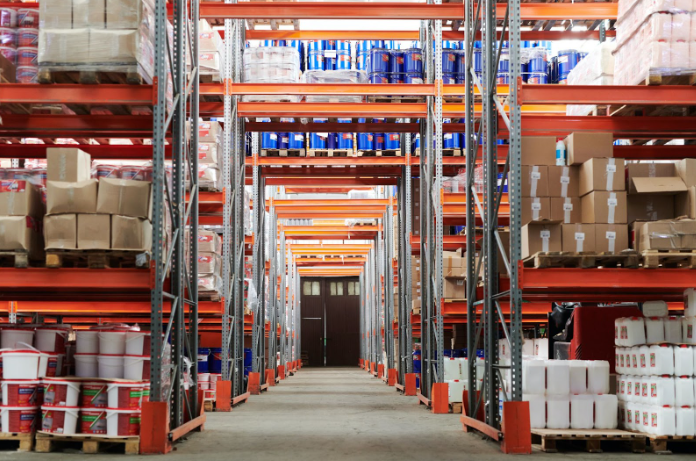
Retail Warehousing: Definition, Types, and Benefits
Retail warehousing is an essential part of the supply chain, especially as businesses across the United States face a significant decline in storage capacities, according to the Wall Street Journal. E-commerce ventures are also on the rise, and these online retail shops need space to store, package, and brand their inventory to get it ready […]
Read More
Export Compliance: Definition, Controls, Penalties
Export compliance regulations are the rules, guidelines, and procedures that control how goods, services, and technology move across international borders. United States export controls are primarily governed and enforced by the Bureau of Industry and Security (BIS), the Directorate of Defense Trade Controls (DDTC), and the United States Treasury Department’s Office of Foreign Assets Control […]
Read More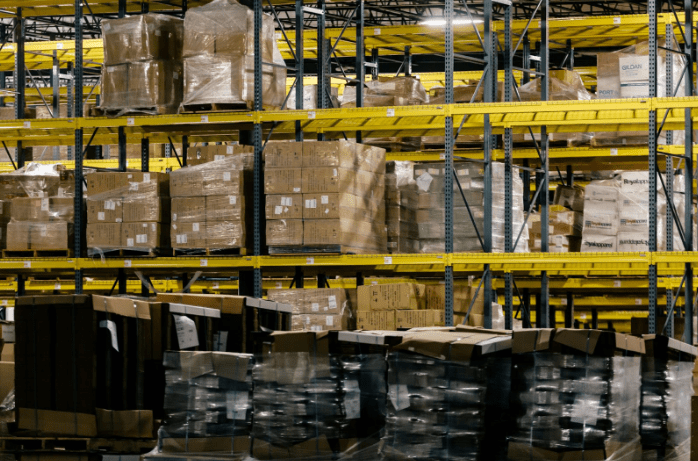
Intermodal vs. Transloading: Definitions and Process
Intermodal and transloading are two methods of shipping products. They are similar, but understanding the difference between intermodal vs. transloading can help you choose the shipping method that works best for you logistically and financially. The key differences between transloading vs. intermodal transportation are the methods of moving products. Intermodal is self-contained, while transloading physically […]
Read More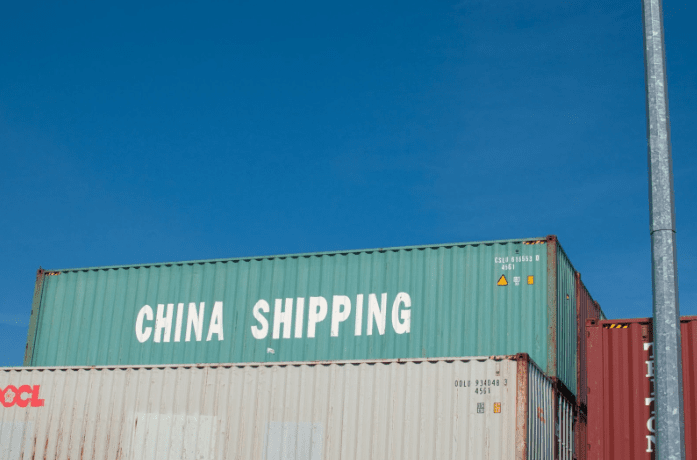
Devanning: Definition, Process, and Benefits
Devanning is a process of warehouse and logistics management that uses digital technology to systematically unload loose items and shipping containers from a vehicle’s load space. Container devanning involves loading and unloading cargo using a sealed container and heavy-duty equipment like counterbalance forklifts to manage the entire operation. When goods devan at the destination, companies […]
Read More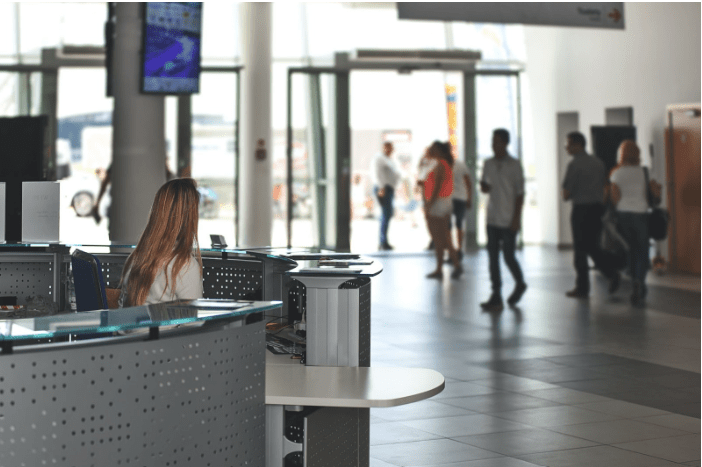
Customs Clearance: Meaning and Process
International trade can be complex and time-consuming, but it is crucial for businesses that import or export goods to understand one of the most critical steps in the process: customs clearance. Customs clearance is the procedure you must follow to legally import or export goods across international borders. The process can be daunting, but this […]
Read More
Capacity Planning: Meaning, Strategies, and Process
Capacity planning is an excellent way to increase corporate productivity. Capacity planning helps you identify potential areas for growth, which boosts investment returns, and maintains good employee morale. Planning your resource capacity is helpful when you manage several projects because it improves your chances of accomplishing them on schedule and within budget. Using capacity-based planning […]
Read More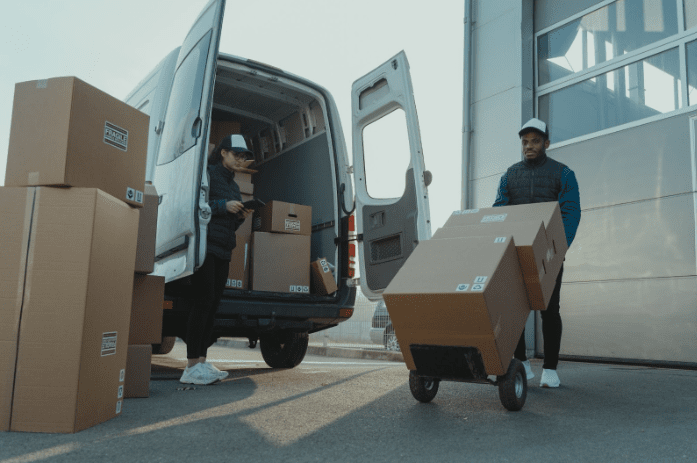
Reverse Logistics: All You Need to Know About What It Is
If you’re a retailer or e-commerce seller, you need to know about reverse logistics, also known as reverse logistics flow. Reverse logistics is a supply chain management system used to manage the return of products that were originally sent out with an order. Here’s what reverse logistics is, why it is essential, pros and cons, […]
Read More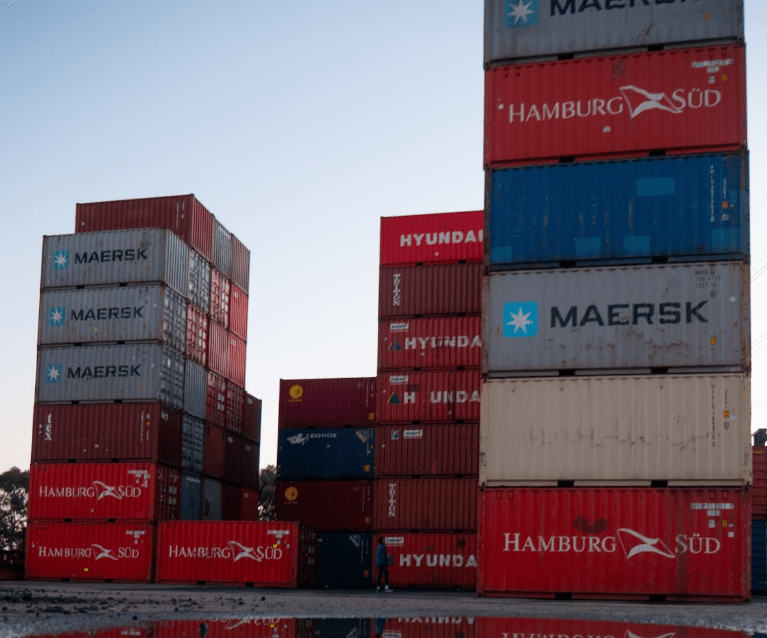
Intermodal vs. Multimodal: Definition and Advantages
Shippers save money and time by choosing multimodal and intermodal transportation. While both methods use many transportation modes, they differ in who is responsible for your shipment. Even though it might be easier to work with just one shipping company, it is often more cost-effective to leverage the knowledge and services of more than one. […]
Read More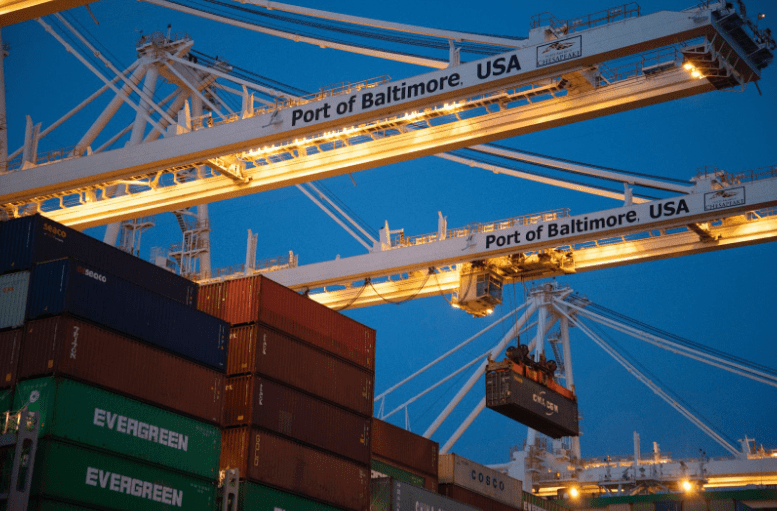
Freight Brokers Definition: What They Are and What They Do
If you are a shipper, you know how crucial it is to ensure that your precious cargo moves safely between cities and countries worldwide. There is nothing as stressful as watching your goods get stuck at customs because you don’t have the proper paperwork, or worse, never making it to their destination due to bad […]
Read More
Full Kitting: Process, Benefits, and Types
Kitting is a beneficial process that brings together individual components for assembly. It’s an essential step in the manufacturing process where every component is gathered for assembly, saving time and money. Kitting processes take place before the assembly line, gathering the components that are used to make the complete product. However, kitting can mean different […]
Read More